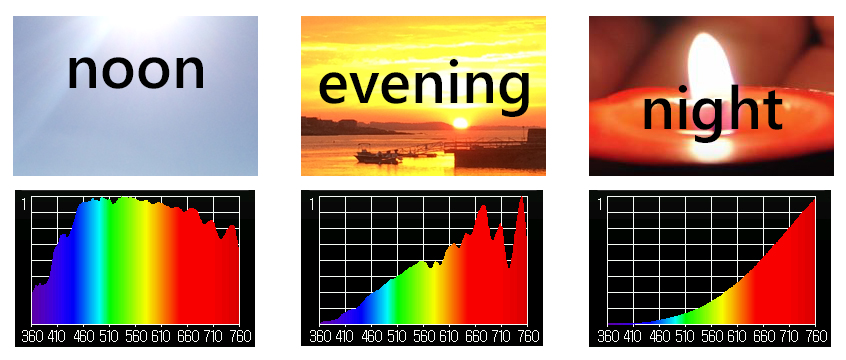

"The field needed to control the plasma is generated by passing huge currents through some big conductors. "Essentially, you've got a system of very large magnets," Tony Langtry, head of engineering at U.K.-based fusion company Tokamak Energy, previously told Newsweek. To maintain these superhot temperatures, the plasma must be contained in a small area, which is where the magnets come in. However, on Earth it is nearly impossible to replicate this, so the plasma must be heated even more, to temperatures roughly six times hotter than the center of the sun or more. These positively charged ions will usually repel each other but, in the sun, a high pressure is created by its intense gravitational forces that thrust the ions together and overcome this repulsion. Plasma-sometimes referred to as the fourth state of matter-is created when atoms are heated to such high temperatures that they are torn apart, resulting in a soup of negatively charged electrons and positively charged ions. UK Atomic Energy AuthorityĪ tokamak is a donut-shaped contraption that uses powerful magnets to contain a circular flow of super-hot plasma. JET is also a type of tokamak and uses a similar method for creating fusion as China's "artificial sun". Inside the JET nuclear reactor, housed in the UK. Researchers around the world are working to overcome these challenges, increasing the efficiency of the process on multiple fronts to bring the dream of clean, almost limitless fusion energy to life.Ĭhina's "artificial sun," officially known as the Experimental Advanced Superconducting Tokamak (EAST), does this by containing the reaction in an enormous, donut-shaped contraption called a tokamak. As a result, scientists have not yet managed to get significantly more energy out of a fusion reaction than they put in.

However, there is one problem: fusion requires vast amounts of energy to achieve the required temperature and pressure for the reaction to take place. Therefore, there is no risk of nuclear meltdown from this reaction. Fusion is also a very fragile process that will shut down in a fraction of a second if the correct conditions are not maintained. It produces three to four times more energy than fission and does not release carbon dioxide into the atmosphere, unlike burning fossil fuels. Unlike nuclear fission-the nuclear reaction that is currently used in the energy sector-fusion does not create radioactive waste. The process of nuclear fusion creates energy in the same way as the sun. China's "artificial sun" has achieved a new milestone in fusion energy.


 0 kommentar(er)
0 kommentar(er)
